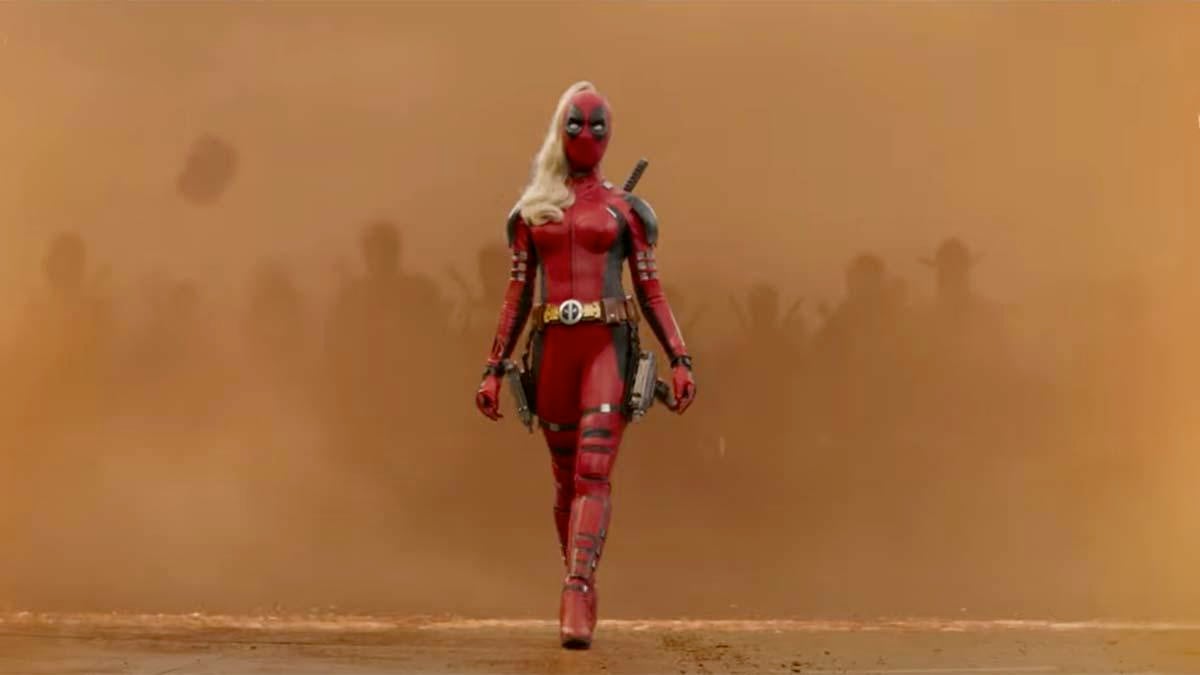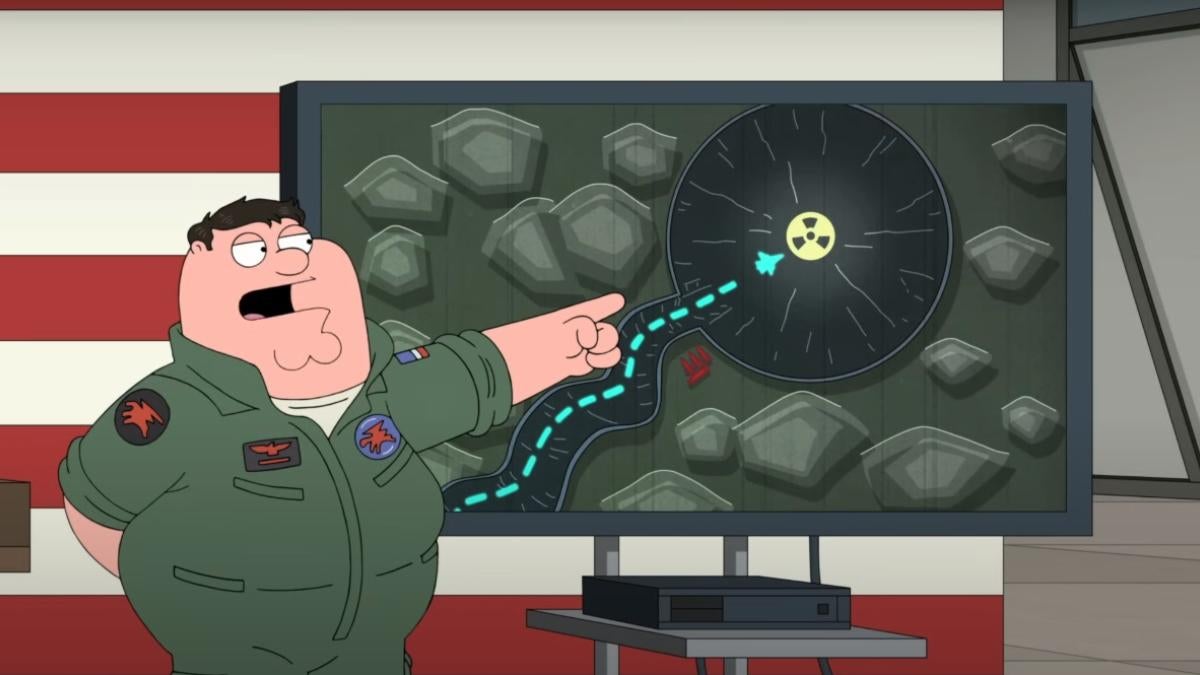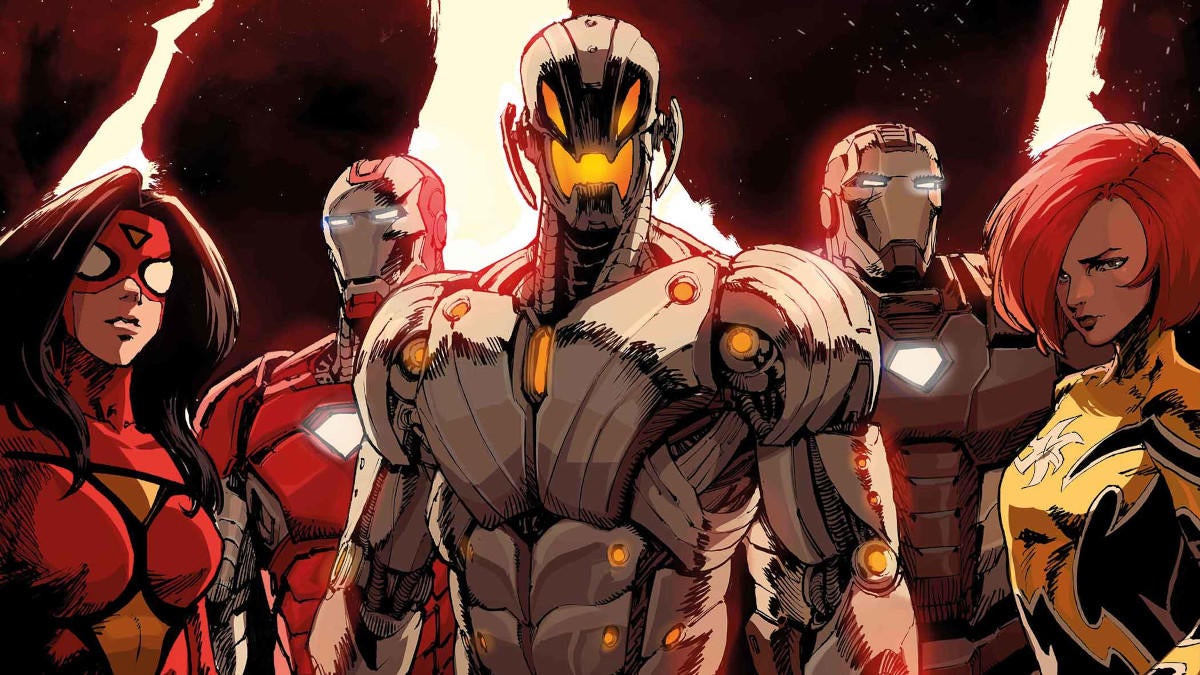Johns and Romita -- The Latest Attempt to Revitalize The Man of Steel With New Blood
Tomorrow's issue of Superman, which features a script by Geoff Johns and art by Marvel Comics [...]

Tomorrow's issue of Superman, which features a script by Geoff Johns and art by Marvel Comics legend John Romita, Jr., is the latest in a series of efforts to reinvent the world's first superhero to capitalize on his not-insignificant potential.
Superman, like Wonder Woman, is a character many writers and editors are convinced is extremely hard to write. As a result, he sees his stories radically reworked from time to time, for a variety of reasons, either creative or commercial.
Below are five of the biggest such reboots in the last 30 years.
It's worth noting that these reboots seem to be getting shorter- and shorter-lived, and that the critical and fan reception to them is probably about in keeping with their longevity and impact on the character.
Where John Byrne and company reinvented the character with The Man of Steel, telling a controversial story that nevertheless set the tone for a generation of readers, many of whom still look back fondly on that period, subsequent reinventions have lasted shorter stretches before the need for a reboot cropped up again, and have had fewer memorable stories and moments. The launch of the New 52 Superman has lasted for three years, but during that time there were two radically different visions of the Man of Steel launched, for instance, and neither of the two monthly titles has remained entirely consistent to those visions for the last thirty-five issues.
We wouldnt argue that it's actually a product of quality as much as it is a product of an increasingly-unforgiving comics market -- but that's maybe a discussion for another day.

The Man of Steel
The reboot heard 'round the world, John Byrne reinvented Superman following the Crisis on Infinite Earths as a character with two living parents and a more grounded backstory and power set. He was still the strongest hero in DC, but he wasn't the kind of character who could fly in space without air for long periods of time, or push planets out of orbit with his bare hands.
Some readers hated the changes, thinking that creating a more real-world version of Superman robbed him of some of the joyful, fanciful energy that distinguished him from more tortured heroes like Batman and Wolverine. Overall, though, Byrne's reboot was a huge sales success and he and his collaborators, including Marv Wolfman and Jerry Ordway, paved the way for the late '80s and early '90s to be a period when Superman led the industry in a way the character rarely has since the start of the Marvel Age.
The success of the Byrne and Wolfman-era reboot ultimately led to four monthly Superman comics, one being delivered nearly every week of the year (and eventually to a quarterly publication to fill in the skip weeks). During that time, the Superman titles started to deliver crossovers that affected those four books, setting the precedent for the kind of small-scale, character-centric crossovers that Geoff Johns would embrace on Green Lantern. Many of these, notably "Panic in the Sky" and "The Death of Superman," were some of the earliest examples of mainstream superhero comics finding success in the trade paperback market and helped to prove to publishers that collected editions were a way forward when the market began to contract in the mid-'90s.
The End of the '90s

After a series of crossover stories that produced diminishing returns, the writing was on the wall by the time Superman: King of the World flopped that the long-running creative teams of that era (Dan Jurgens had been writing, drawing or both for nearly ten years, and Superman: The Man of Steel had the same creative team – Louise Simonson and Jon Bogdanove – during that time as well) were on their way out.
Where the weekly Superman books had slid into a comfort zone of one or two stars and a lot of reliable, consistent creators who weren't all that famous, in 1999 DC opted to bring on a group of superstars to make the transition away from the fans' comfort zone a little easier.
Jeph Loeb, who would stay on the Superman books for quite some time even though this era really kicked off a period of frequent creative shuffling, headlined the reboot, along with famous names like Phil Jiminez, Mike McKone, Mark Millar and fan-favorite creator Mike Wieringo, who joined up after his Flash and Fantastic Four runs, typically considered modern classics. Stu Immonen, who had come on around the time of the Final Night crossover a couple of years previous, stuck around, as did Simonson for a while, but mostly it was a total face lift and even where it wasn't, the fact that the family had grown from two books to four (plus tie-in books like Supergirl and Superboy) during the '90s meant it felt like a seismic change.
This version also embraced some of the tropes of Superman that had been largely pushed aside in the post-Byrne era: Krypton played a bigger role, and the writers were keen to fall back on old catch-phrases, plot devices like Jimmy's signal watch and sometimes wacky, oddball stories like Superman being caught wearing his wedding ring and covering for it by showing the whole Justice League to the press, wearing wedding rings they claimed were communicators because they were "married to the League."
Also noteworthy: it was around this time that Mark Waid, Tom Peyer and Grant Morrison pitched the "Superman 2000" plan, which would have removed the Man of Steel's marriage and tweaked a lot of other elements of his mythology. That plan famously went nowhere, but you can still find it online, along with lots and lots of commentary from all involved and a number of different versions of exactly what happened.
Loeb/Lee and Superman/Batman

Around the time the last vestiges of the old guard left, DC seemed to realize that Superman was still not hitting Batman levels of sales anymore. Jeph Loeb and Jim Lee, who had seen massive successon Batman, and Loeb had seen success on Superman/Batman with artist Ed McGuinness, with whom he would continue to collaborate regularly for years.
They put Loeb and Lee together for a short but hugely profitable (both in terms of comics sales and merchandising; you can STILL buy folders and notebooks in the Target Back to School section with Jim Lee's Superman art on them) run and, along with a number of other creative tweaks at the time, once again revitalized the line for a while.
Regardless of the others, though, it was Loeb and Lee who were clearly the centerpiece (not unlike when Scott Snyder and Jim Lee recently took on their own tailor-made New 52 title, to huge fan enthusiasm).
It was during this time, it seems, that Superman's supporting cast started to shrink basically out of existence and his connection to the DC Universe became stronger and stronger. With the re-emergence of event culture around the corner, Superman was suddenly primed and ready to be spending all of his time with costumed types rather than the regular humans that some readers felt only slowed down the action beats.
Johns/Donner
Amid the mayhem of the "One Year Later" jump following Infinite Crisis, Geoff Johns teamed with Adam Kubert and Superman: The Movie writer/director Richard Donner to produce a series of stories that turned out to be massive sellers for DC...even if deadline issues more or less guaranteed that there was little long-term potential and their star power did little to nudge the sales of the books that Johns and Donner weren't writing.
The Superman: Last Son trade paperback that collects their work remains a best-seller, though, and informed the Man of Steel movie so much that one of its chapters was the Free Comic Book Day offering last year.
Those and other issues that Johns has written featuring the character are available for just 99 cents each from now until next week on ComiXology.
The New 52

As part of DC's line-wide reboot, Superman was reinvented, given two monthly titles (later to expand to two additional team-up books) and handed top-tier creators. Crisis on Infinite Earths artist George Perez wrote and pencilled one series while All-Star Superman's Grant Morrison was given Action Comics with basically no editorial oversight, since his book took place five years in the past and set the tone for the other titles.
The books faltered, though, and change has been the one constant. While Morrison did over a year on Action Comics and was eventually replaced by Greg Pak (who's doing great work there, along with artist Aaron Kuder), Superman saw even more creative shuffling, with Dan Jurgens (one of the most accomplished Superman writer/artists in the character's history) taking over the title for just one arc, which was co-written by Legion of Super-Heroes and Justice League legend Keith Giffen for even less than that. X-Men icon Scott Lobdell came on for a longer, but not particularly well-reviewed, run and about six issues into that we started hearing the Geoff Johns rumors. While Johns didn't take on the monthly until they could secure Romita to work with him, fan-favorite Batman writer Scott Snyder and superstar artist/DC Co-Publisher Jim Lee took on a spinoff title, Superman Unchained, which operated largely outside of the constraints of DC's continuity. That title's final issue has already been solicited...right around the time Johns and Romita were announced.
Will this be the start of an epic, new run? Romita has historically not been afraid of spending a few years with the same property and leaving his stamp on it, but he told us last year that he hoped to freelance for DC for just one year before going exclusively creator-owned. He also hinted in his "entrance interview" on DC All Access that he'd like a crack at Batman...




